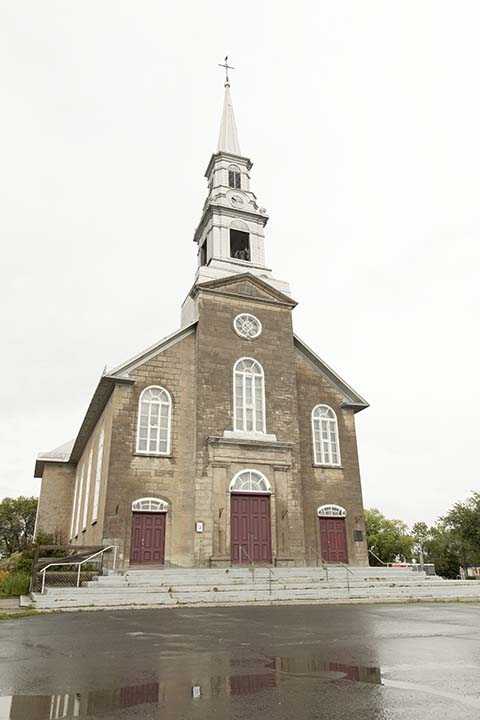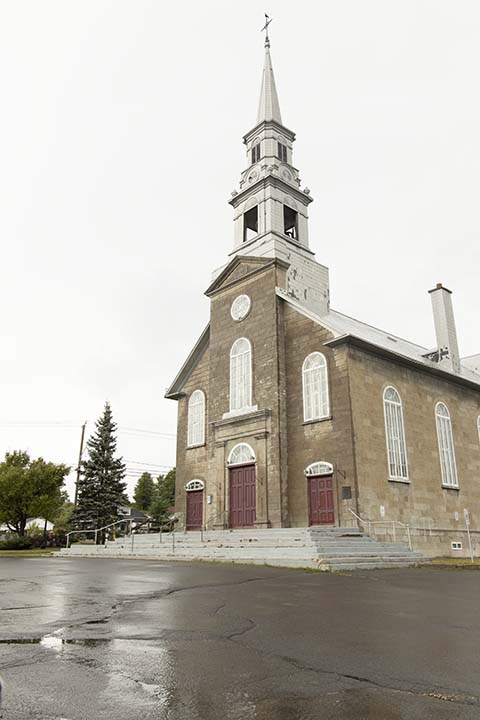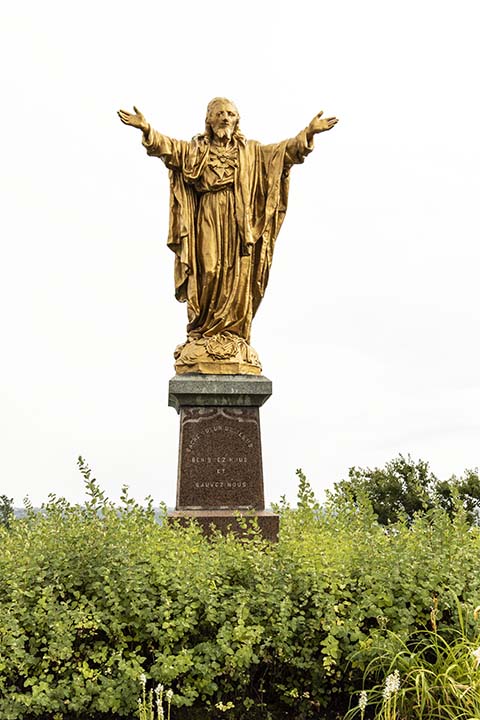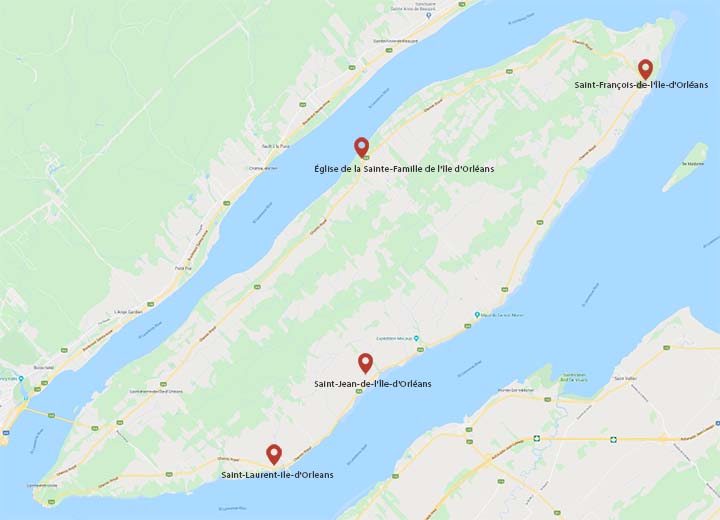
This island was home to many of my ancetors. We visited some churches where my ancestorrs would have attended. Unfortunately, the churches have been rebuilt since my ancestors were there. Many of my ancestors are buried in the church graveyard. In Quebec, the tombstones are only displayed for those who have been buried less than 100 years ago.

Saint Famille
This is the first parish on Île d'Orléans. The first records date back to 1666 and they have a place where people can help you find their ancestors as well as the history of the priests who were at the church. The current church was built in 1743 by Gabriel Gosselin, probably the son of my ancestor Michel Gosselin. The church has gone thru extensive renovations since then.
Many of my ancestors lived here during the 1600s. The church was built in 1749.

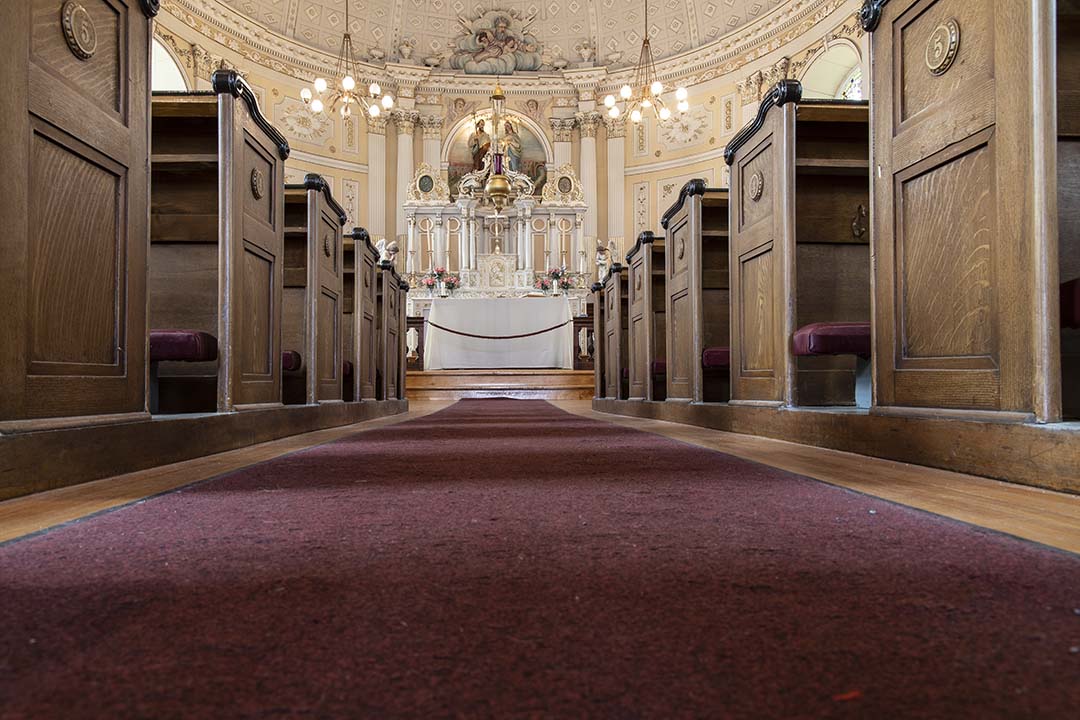
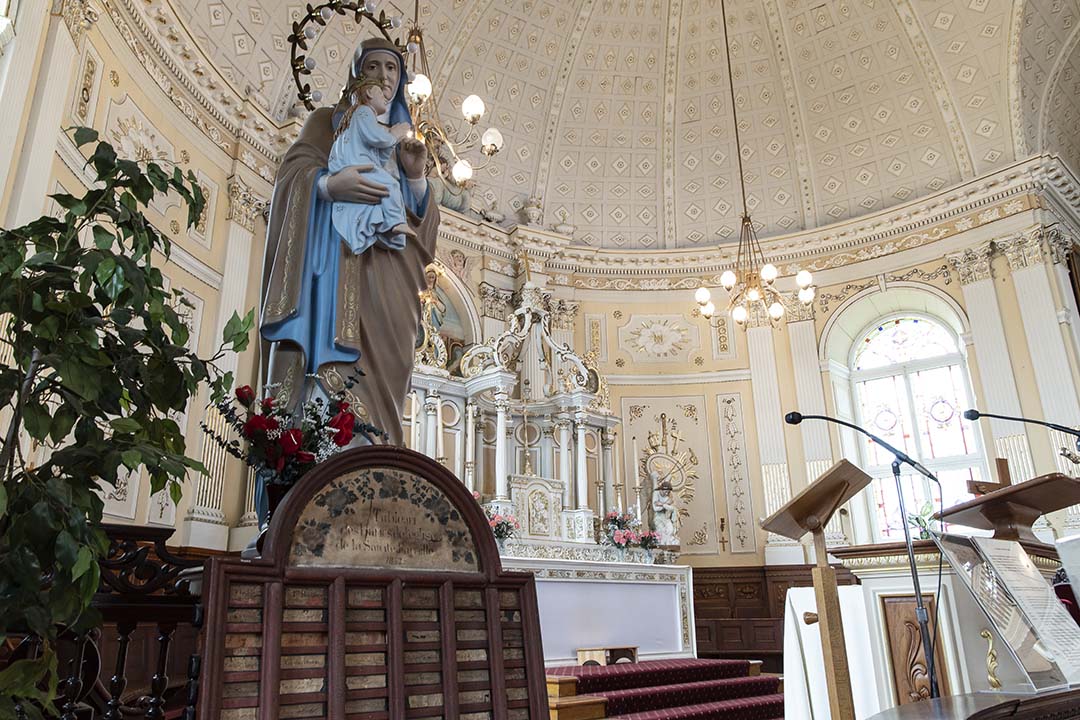
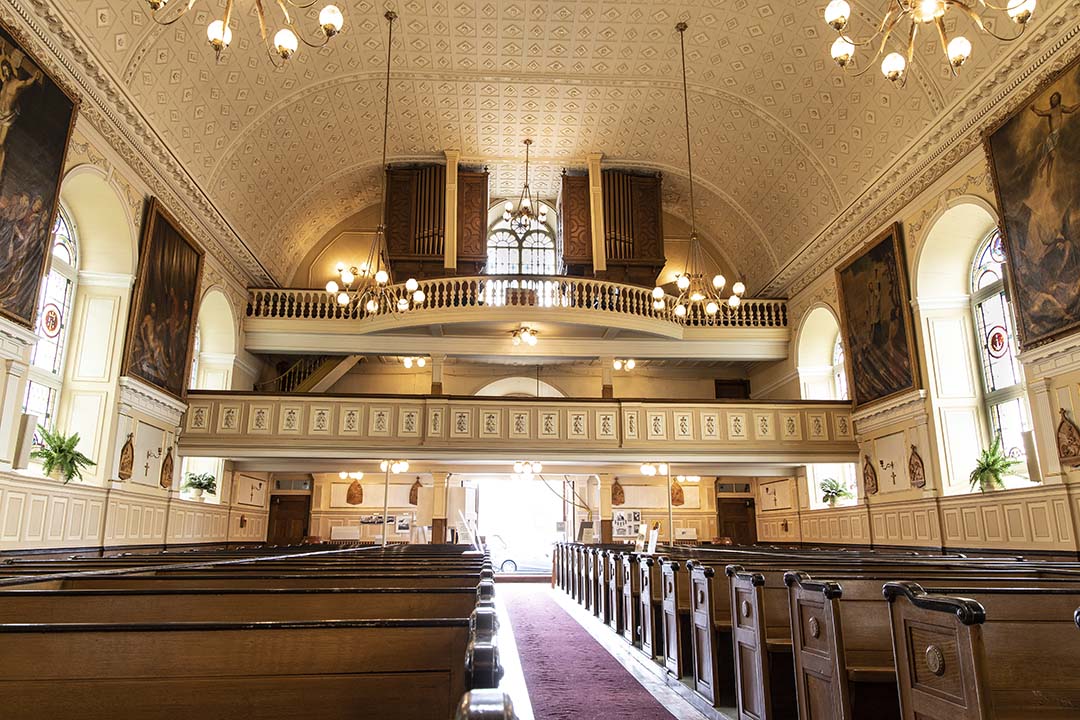
Saint Francois
This is where some of my ancestors lived. This church was built in 1734. My ancestors were here in the 1600s.
Translation of the first image:
Saint-François
Large expanse
The territory of Saint-François corresponds to the third fief conceded on the Isle of Orleans, that of Argentenay. It extends over the entire eastern point of the island.
The Saint-François landscape opens onto the St. Lawrence River, which is 10 kilometers wide at this location. Of the 20 or so islands that occupy the estuary, two are part of the territory of the municipality: Ile Madame and Ile aux Ruaux.
The water salinity demarcation is 20 kilometers downstream from this point of the island. The aquatic fauna and flora, peculiar to this place of transition between fresh and salt water, make fishing an important activity for the first residents of Saint-François. The main species fished and sold outside the island are the andouille, the sturgeon and the bar. Today, we only fish for sturgeon.
Saint-François is an essentially agricultural municipality. The cultivation of the potato, which occupies large areas, represents a real industry. Strawberries and leeks complement agricultural production. Poultry farming is also practiced by some islanders. In winter, several ladies of the parish are engaged in handicrafts. In the summer, they offer their creations to visitors.
It is in Saint-François that we find the famous wild vine whose presence astonishes so many Jacques Cartier during his landing on the island of Orleans, September 7, 1535. Happy to discover this plant which testifies to a temperate climate, it names the place Ile de Bacchus. During his stay, he met nomadic Indians who came to fish on the shores of the island. The existence of a site of prehistoric occupation at the Argentenay Point at the foot of the cliff has recently been revealed.
In the spring and fall, some twenty species of wild birds including geese, ducks and bustards join on the long flats on the north side of Saint-François. In the forests of the island, we find mostly hares, sometimes foxes.
The main families of Saint-François are Allaire-Dallaire, Asselin, Dion, Gosselin, Imbeault, Labbé, Lemelin, Lepage, Lessard, Picard and Roberge.
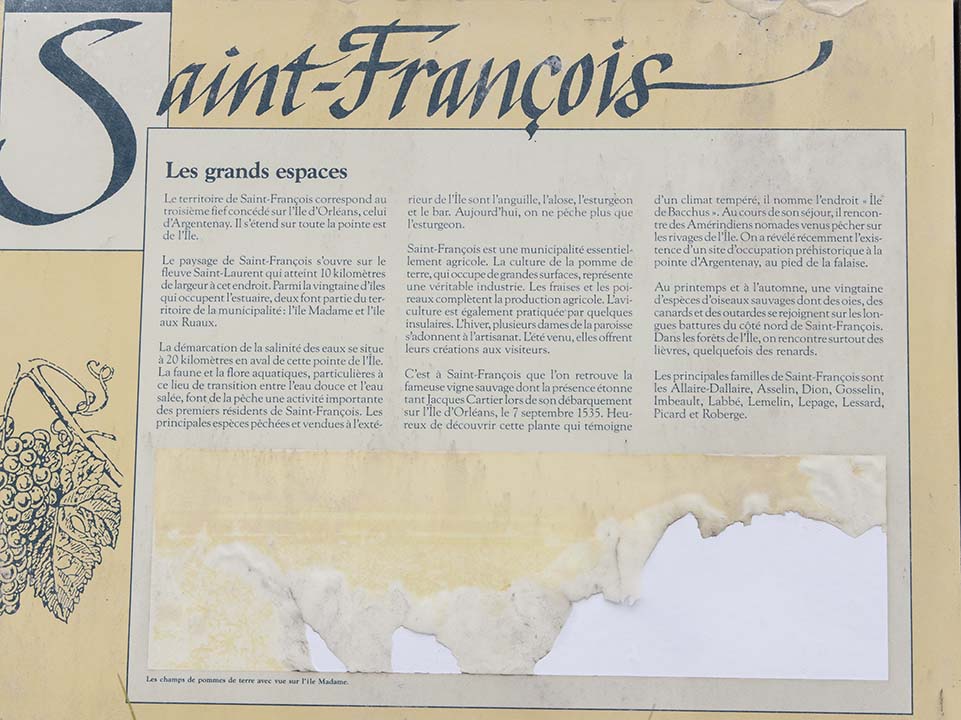
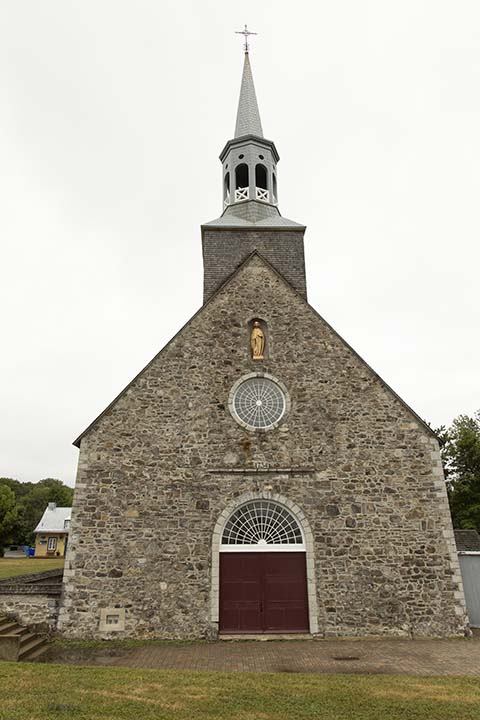
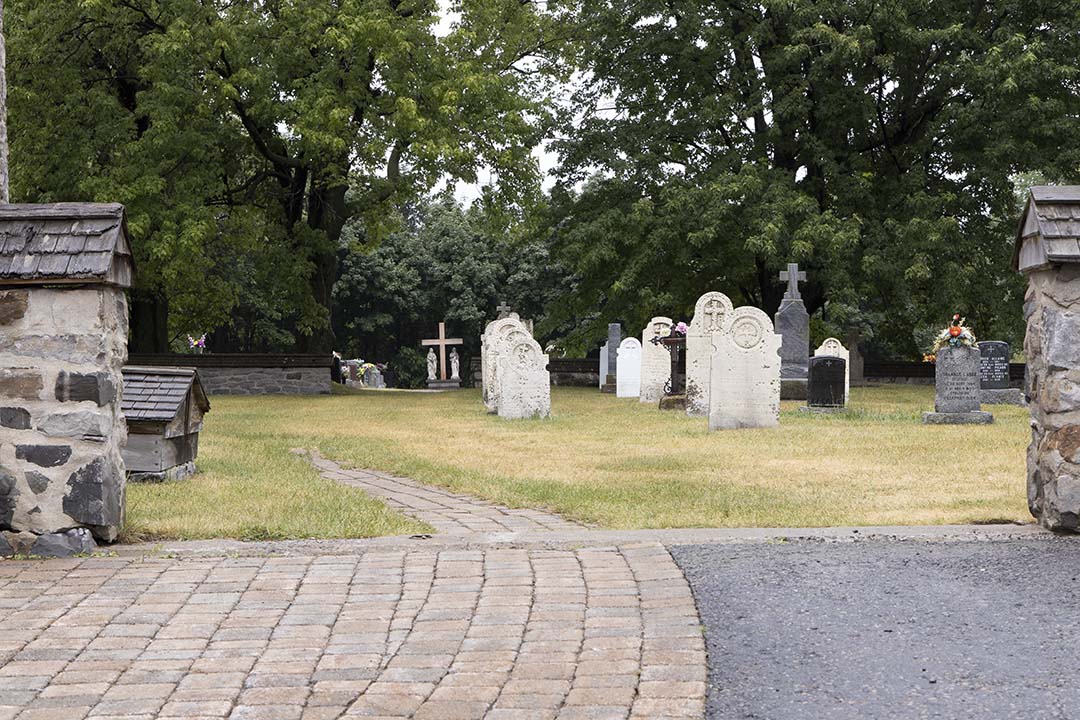
Saint Jean
Only a few of my ancestors were here. Bernard Laisne and his wife Anne Dionne died here in the early 1700s. Marguerite Foy died here in 1718.
This church was built in 1852.
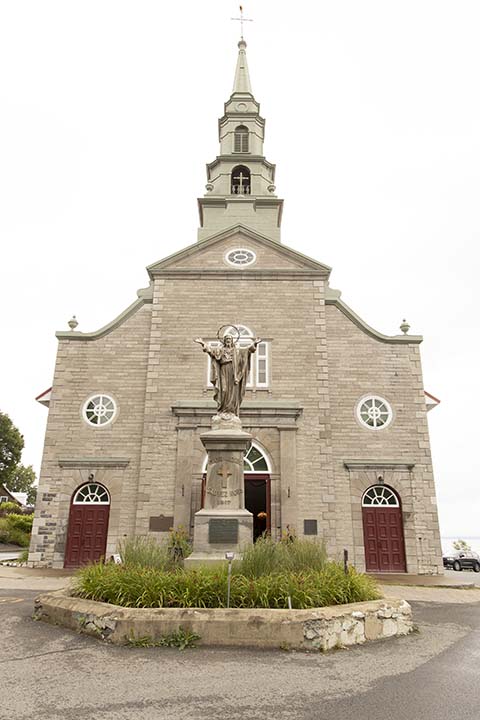
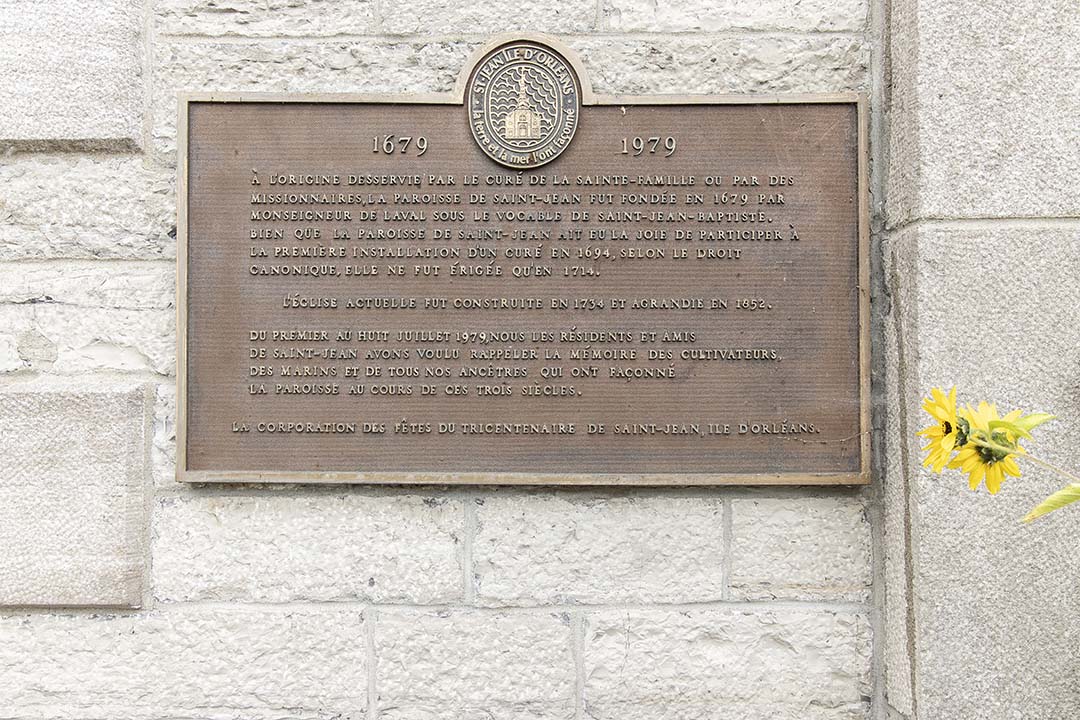
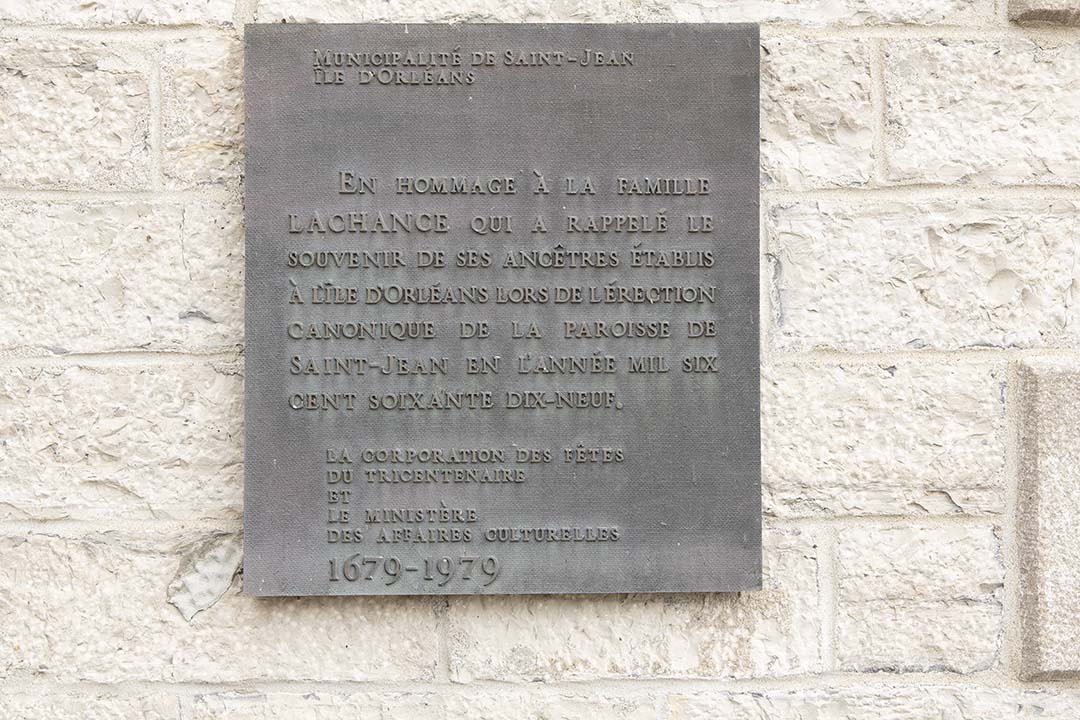

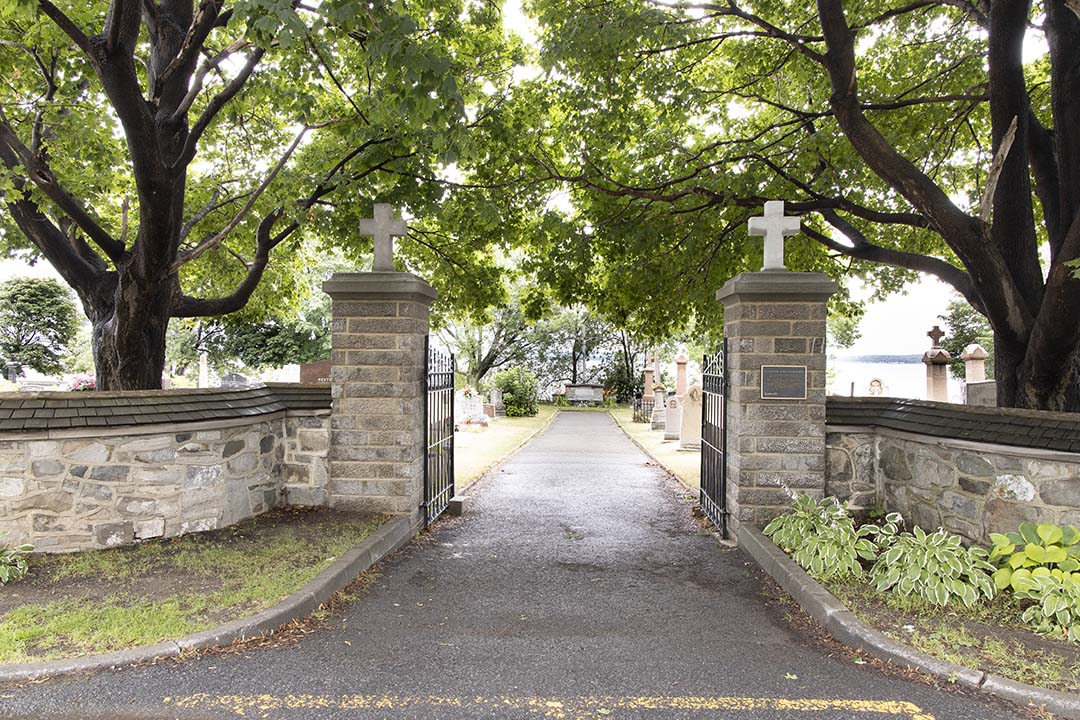
Saint Laurent
Only a few of my ancestors were here. Marie Madeleine Gosselin was born in 1692. Her family moved to Saint-Pierre-de-l'Île-d'Orléans. Francois Noel and his wife Nicole Legrand died here in the early 1700s. Madeleine Olivier died here in 1690.
This church was built in 1860.
